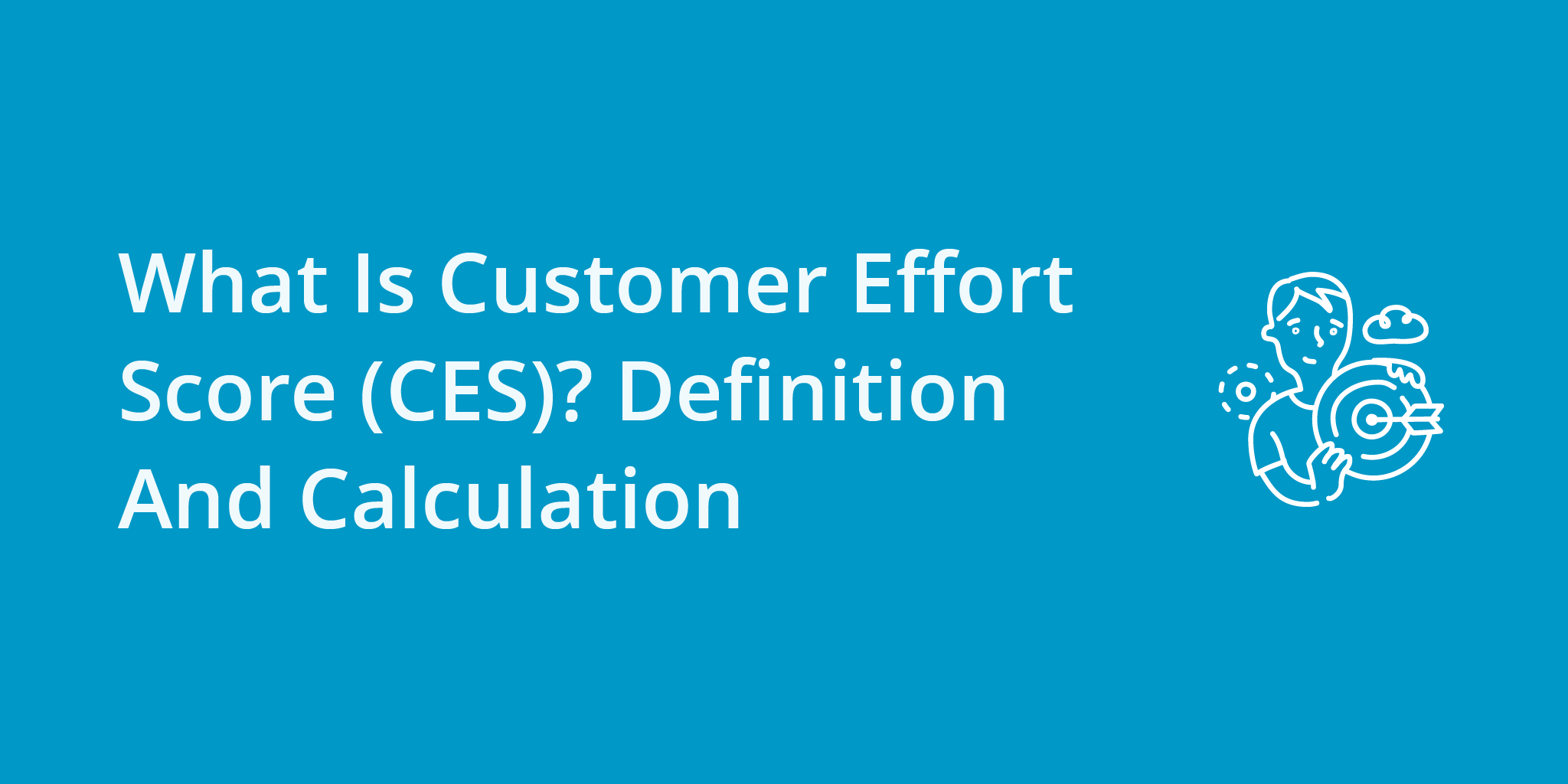In today’s competitive business landscape, customer loyalty hinges not just on the quality of products or services but significantly on the ease with which customers can interact with a company. The Customer Effort Score (CES) is a key metric that measures the effort required by customers to get their issues resolved, requests fulfilled, or questions answered. By focusing on reducing customer effort, businesses can enhance satisfaction, foster loyalty, and drive growth.

 Action: Utilize your CRM data to personalize communications and interactions across all touchpoints.
Benefit: With CX becoming the key brand differentiator, improving it can significantly boost customer loyalty and retention.
Action: Utilize your CRM data to personalize communications and interactions across all touchpoints.
Benefit: With CX becoming the key brand differentiator, improving it can significantly boost customer loyalty and retention.
The Essence of Customer Effort Score (CES)
The Customer Effort Score is derived from customer feedback, typically collected through a survey that asks customers to rate the ease of their experience with a company. The core question often posed is:“On a scale of 1 to 5, how easy was it to interact with our company?”This simple yet powerful question helps businesses quantify the effort customers perceive in their interactions, whether it’s making a purchase, obtaining support, or navigating a website.
Calculating the Customer Effort Score
To calculate the CES, you aggregate the survey responses and compute an average score. Here’s how:- Collect Responses: Gather customer ratings on the 5-point scale.
- Sum the Scores: Add up all the individual scores.
- Divide by Number of Responses: Calculate the average by dividing the total score by the number of respondents.
The CES 5-Point Scale Explained
The CES 5-point scale ranges from 1 to 5, where:- 1: Very Difficult
- 2: Difficult
- 3: Neutral
- 4: Easy
- 5: Very Easy
CES vs. Other Customer Satisfaction Metrics
While CES focuses on the effort required by customers, other metrics like Customer Satisfaction Score (CSAT) and Net Promoter Score (NPS) measure overall satisfaction and loyalty, respectively. CES is particularly valuable because it directly correlates with customer loyalty—reducing effort often leads to increased loyalty.Why Customer Effort Score Matters for Your Business
Reducing customer effort is crucial for fostering loyalty and enhancing the overall customer experience. Research indicates that customers who have easy interactions are more likely to:- Remain Loyal: Low-effort experiences reduce the likelihood of customers switching to competitors.
- Make Repeat Purchases: Satisfied customers are more inclined to buy again.
- Recommend the Brand: Positive experiences encourage word-of-mouth referrals.
The Benefits of Measuring and Improving CES
By actively measuring CES, businesses can:- Identify Pain Points: Understand where customers face challenges.
- Enhance Processes: Streamline operations to reduce friction.
- Increase Satisfaction: Boost overall customer happiness and loyalty.
Success Stories: Companies Excelling with CES
Companies like Amazon and Zappos have excelled by prioritizing low-effort customer experiences. By simplifying purchase processes and offering exceptional customer support, they’ve built strong, loyal customer bases.Strategies to Enhance Your Customer Effort Score
Reducing customer effort involves identifying and addressing areas where customers encounter difficulties.
Streamline Customer Service Channels
Ensure that support is accessible through multiple channels—phone, email, chat, and social media. Quick and effective responses reduce customer effort.Enhance Self-Service Options
Provide comprehensive FAQs, tutorials, and knowledge bases. Empowering customers to find answers independently can significantly lower perceived effort.Simplify Processes
Whether it’s the checkout process or account setup, aim for minimal steps. Remove unnecessary barriers that can frustrate customers.Tips for Crafting Effective CES Survey Questions
- Be Specific: Tailor questions to recent interactions.
- Keep It Short: Respect customers’ time with concise surveys.
- Follow Up: Use open-ended questions to gather detailed feedback.
Companies with Outstanding Customer Effort Scores
Netflix: Seamless User Experience
Netflix has optimized user experience by making content easily accessible across devices, offering personalized recommendations, and providing hassle-free account management.Apple: Simplified Customer Support
Apple stores offer streamlined support through the Genius Bar, reducing effort for customers seeking technical assistance. These companies demonstrate that prioritizing customer effort leads to higher satisfaction and loyalty.Tools and Resources to Measure and Improve CES
Implementing and improving CES can be facilitated with various tools:Hotjar
Hotjar offers behavior analytics and feedback tools to understand customer interactions on your website.Medallia
Medallia provides customer experience management solutions, including CES measurement.Salesforce
Salesforce integrates CES surveys within its CRM platform, allowing for seamless data collection and analysis.Leverage Kixie’s Integrations
Enhance your customer communications by integrating Kixie’s AI-powered voice and SMS platforms with your CRM. This integration enables smarter interactions, reducing customer effort and boosting satisfaction.Free Templates and Resources
Training and Certification Opportunities
Maximizing Business Success Through Customer Effort Score
Focusing on the Customer Effort Score is essential for businesses aiming to enhance customer satisfaction and loyalty. By measuring and actively working to reduce customer effort, companies can differentiate themselves in the market.Actionable Steps to Elevate Your CES
Implement a Mobile CRM Strategy
Action: Ensure your CRM is accessible via mobile devices to empower your teams with real-time data. Benefit: Increase productivity and achieve sales quotas more consistently, as teams with mobile CRM access reach their targets 65% of the time.Integrate AI into Your CRM Processes
Action: Leverage AI capabilities within your CRM for tasks such as predictive analytics and personalized interactions. Benefit: Improve lead conversion rates by up to 30% and stay ahead of competitors by adopting advanced technologies.Focus on Customer Experience (CX)
 Action: Utilize your CRM data to personalize communications and interactions across all touchpoints.
Benefit: With CX becoming the key brand differentiator, improving it can significantly boost customer loyalty and retention.
Action: Utilize your CRM data to personalize communications and interactions across all touchpoints.
Benefit: With CX becoming the key brand differentiator, improving it can significantly boost customer loyalty and retention.



